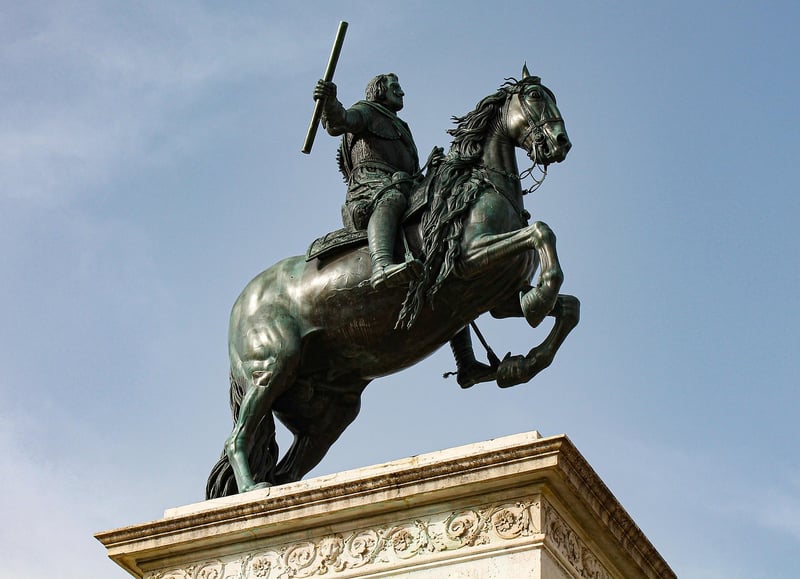Historical Alterations
The Importance of Being Aware of Risks in Historical Alterations
Historical alterations are a common practice in various industries, including architecture, fashion, and art. While these changes can sometimes breathe new life into old structures or designs, it is essential to be aware of the risks involved in altering historical pieces. Whether you are a collector, a curator, or simply someone interested in preserving history, understanding these risks is crucial to ensure the integrity and authenticity of the original work.
Preservation vs. Modification
One of the key considerations when altering historical pieces is the balance between preservation and modification. While it may be tempting to update or modernize a piece to suit current trends, it is essential to consider the historical significance of the work. Preservation efforts should aim to maintain the original integrity of the piece, including its materials, craftsmanship, and historical context.
Damage and Degradation
Any alteration to a historical piece carries the risk of causing damage or degradation. Improper restoration techniques, use of harsh chemicals, or structural changes can all have a negative impact on the piece's condition. It is crucial to work with experienced professionals who understand the unique requirements of historical preservation to minimize these risks.
Loss of Authenticity
One of the most significant risks of historical alterations is the potential loss of authenticity. Changing key elements of a historical piece, such as its design, materials, or craftsmanship, can diminish its value and historical significance. It is essential to thoroughly research the history of the piece and consult with experts before making any alterations to ensure its authenticity is preserved.
Legal and Ethical Considerations
Before embarking on any historical alterations, it is essential to consider the legal and ethical implications of your actions. Some historical pieces may be protected by laws or regulations that restrict the extent to which they can be altered. Additionally, altering a piece without proper authorization or consent from relevant authorities or stakeholders can lead to legal consequences and damage your reputation.
Conclusion
While historical alterations can offer exciting opportunities to reinterpret and revitalize old works, it is crucial to approach them with caution and respect for the original piece. By being aware of the risks involved, balancing preservation with modification, and seeking expert guidance, you can ensure that historical alterations are done thoughtfully and responsibly, preserving the integrity and authenticity of these valuable pieces for future generations to enjoy.

Image source: Pixabay
